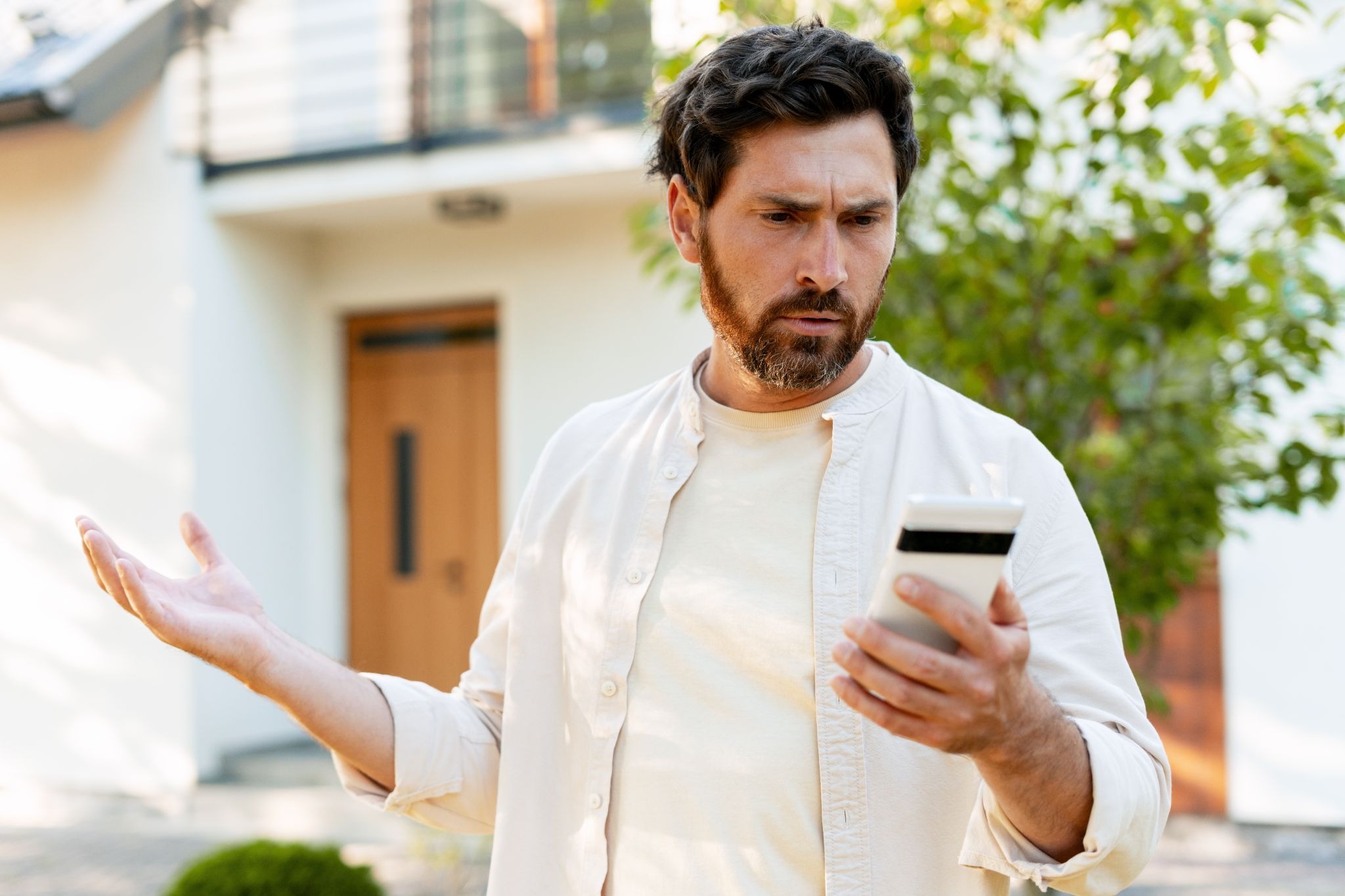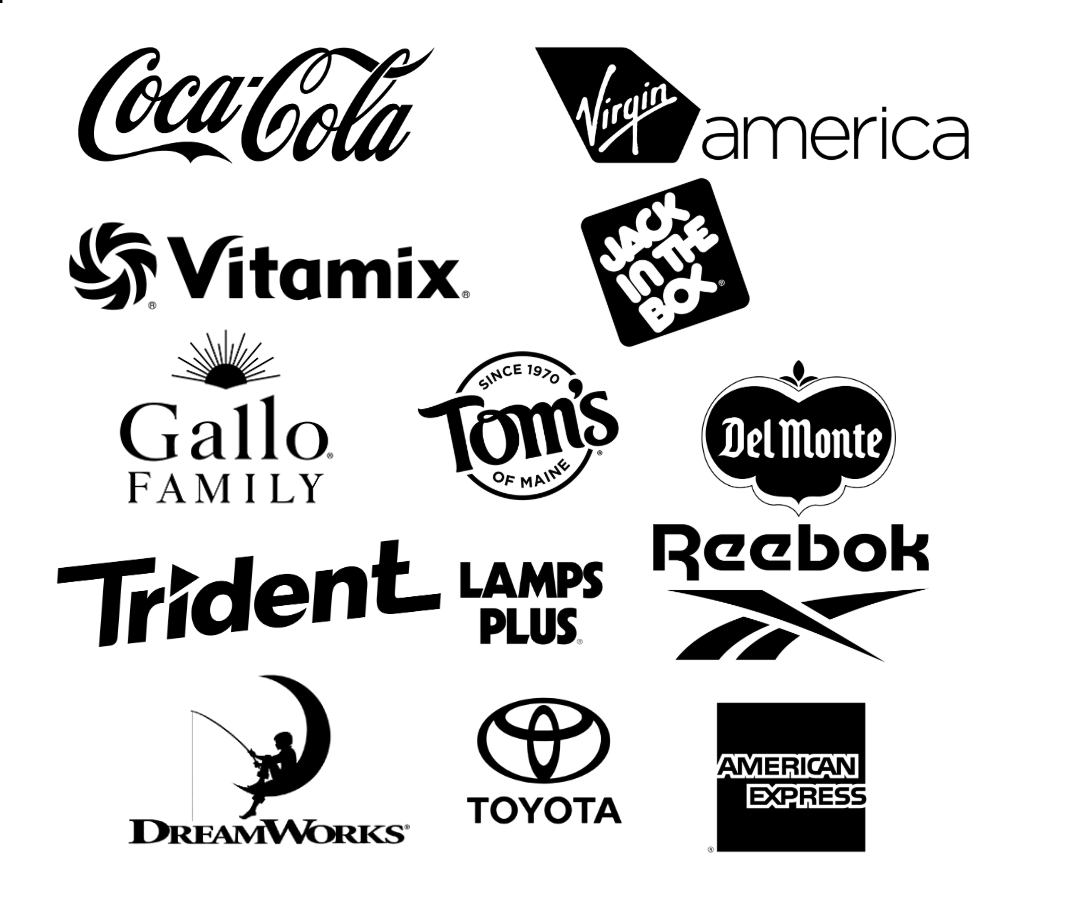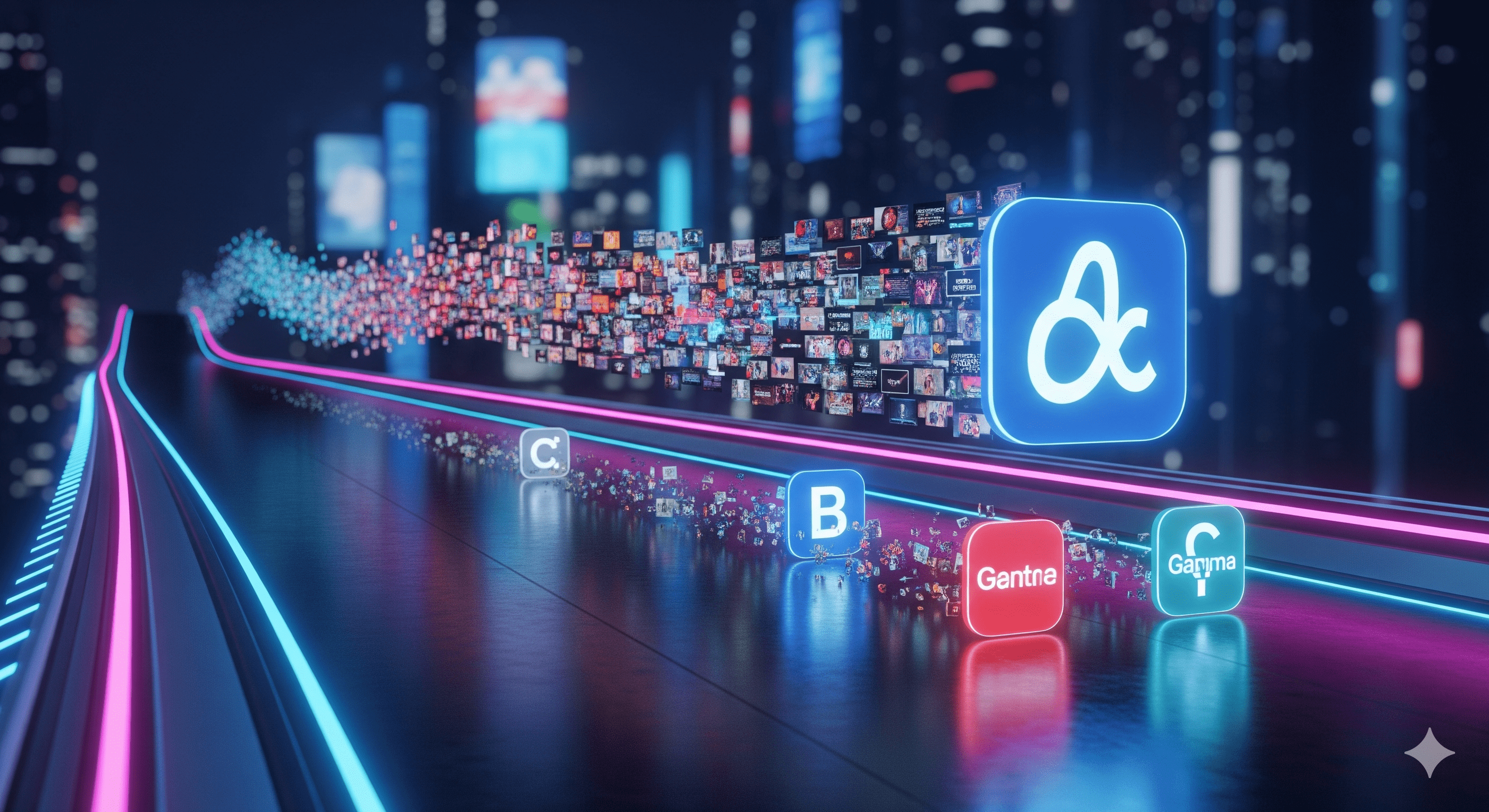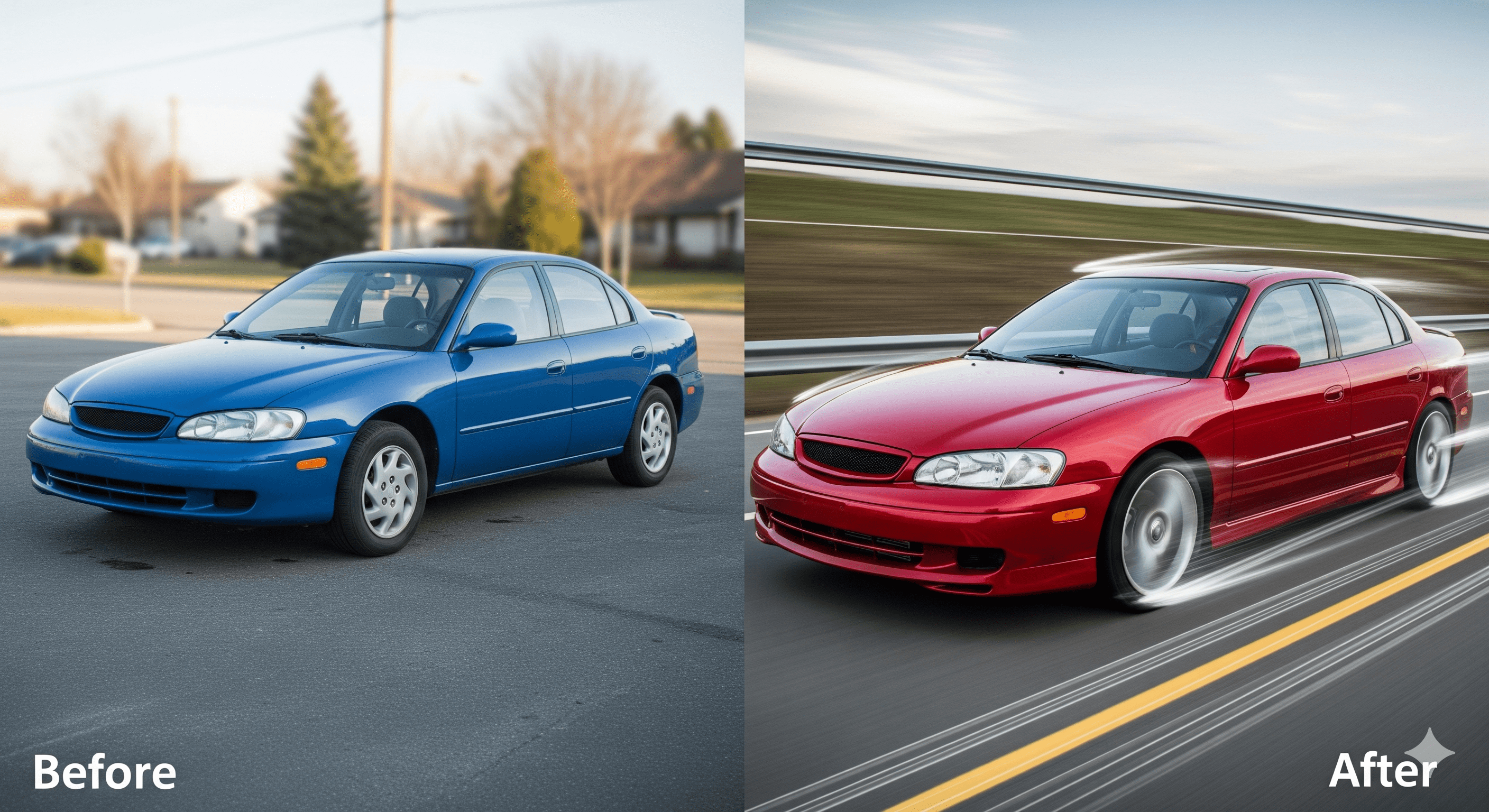
If you’re a Realtor heading into 2026, chances are you’ve felt it:
Posting on social feels harder than ever.
The content ideas aren’t flowing.
Your message feels inconsistent.
Some days you show up. Some days you don’t.
And you’re wondering why something that should be simple feels so exhausting.
Here’s the truth:
You’re not fighting social media — you’re fighting the absence of a brand.
When your brand isn’t defined, every post feels like guesswork.
When your brand is defined, everything suddenly flows.
Most Realtors don’t have a content problem.
They have a clarity problem.
Without a defined brand, you’re forced to reinvent yourself every time you open Instagram. You switch tones, styles, and ideas because you’re not rooted in anything consistent.
This leads to:
And none of that is your fault.
No one ever taught Realtors how to build a real brand — they are only taught how to post.
We are changing that with our AI-Driven Branding Program, the Creator Blueprint, currently designed for Realtors.
Click below to learn more.

After 18+ years working with more than 250 iconic brands — Coke, Jack in the Box, AMEX, Toyota, Disney, Virgin, and more — one lesson is universal:
A strong brand makes everything easier. A weak brand makes everything harder.
Big brands pour millions into brand clarity before they ever create content.
Entrepreneurs and Realtors jump straight into content without direction — and burn out fast.
That’s why so many agents feel stuck.
They’re building social on top of sand instead of a foundation.

We created the Creator Blueprint to give Realtors the same brand clarity that major companies get — but in a fraction of the time.
In about one hour, you’ll walk away with:
And at present, the program includes two private 30-minute sessions with me, where I guide you through:
This is where the fight ends — and the flow begins.

If you want this year to feel different…
If you want posting to feel natural, not stressful…
If you want your content to actually convert…
Then stop fighting social.
Fix your brand first — and let everything else flow from there. Click below to start:


Welcome to the new frontier of digital marketing. The ability to produce compelling, high-quality video ads is no longer a luxury reserved for companies with Hollywood-sized budgets. Artificial intelligence has shattered that barrier, creating a once-in-a-generation opportunity for brands to connect with their audience at unprecedented speed and scale.
But this new landscape is complex and evolving daily. Simply knowing the names of a few AI tools isn't enough to generate real business growth. The secret lies in the strategy, the workflow, and the nuanced understanding of the technology's power—and its limitations.
This guide provides 10 insider hacks that we use to create game-changing AI video ad creatives. It's a glimpse behind the curtain, designed to show you what’s possible and why now is the moment to seize this competitive advantage.

1. The Creative Strategist is Your Most Powerful Tool.
Technology is an instrument; it needs a musician. The most critical investment is in a creative strategist skilled in both brand storytelling and AI tech. They translate your brand's soul into effective prompts and workflows that AI can execute.

2. The Pro Workflow is a Multi-Stage Process.
A great AI video isn't from a single prompt. It’s a production process: Strategy ➔ AI Storyboarding ➔ Asset Generation ➔ Human Editing & Sound Design. The human touch in strategy and final editing is non-negotiable for quality.

3. Turn Your Social Feed into a Live Creative Lab.
Beyond formal A/B testing, the new frontier is public iteration. AI allows you to generate a high volume of valuable content, turning your social channels into a real-time learning environment. Every post is an opportunity to "read the tea leaves" on what messages, styles, and hooks resonate with your audience. This strategy achieves two critical goals at once: it keeps your brand constantly top-of-mind through frequency, and it uses live market feedback to make your creative progressively smarter.

4. Your Brand's Soul is the Master Prompt.
Don't get caught in the "AI for AI's sake" trap. The most dazzling visual is worthless if it doesn't connect and sell. The purpose is to accelerate your marketing funnel—building awareness, consideration, and ultimately, conversions. Every creative must be relevant to your brand: Does this reflect who you are as a business? Does it amplify your core message? AI is the vehicle, but your authentic brand identity must be the driver.

5. Dominate, Don't Dabble: It's a Race, Not an Experiment.
This is a rare, closing window of opportunity. Creating a single "one-off" AI ad is a strategic error—it alerts your competition to what's possible without giving you a real advantage. The goal is to master a steep learning curve now and launch a high-volume, consistent campaign that owns the social feed. You must use this moment to drill your brand message home in creative ways, accelerating past competitors before this becomes common practice.

6. Beat "AI Blindness" with Hybrid Media.
Audiences are learning to spot purely AI-generated content. The most effective ads blend AI scenes with real-shot footage. The trick is professional color grading and grain matching to make the transition between real and artificial completely seamless.

7. Mastering VEO3 for Cinematic Ads.
Google's VEO3 is a powerhouse for creating high-fidelity, cinematic video from text.
Insider Knowledge: VEO3 struggles to keep characters looking identical across different scenes. Using a leading Creative Strategist will help you generate short, perfect clips that create a seamless narrative--this is a skill that separates amateur content from polished ads.

8. Hyper-Realistic Digital Humans with Nano Banana.
Nano Banana is a cutting-edge tool for creating photorealistic talking avatars from a single image, perfect for scalable testimonials or personalized messages.
Insider Knowledge: Avoiding the "Uncanny Valley" is crucial. We use a proprietary process to map micro-expressions to the voiceover script, ensuring the avatar feels authentic and trustworthy, not unsettling.

9. Pika Labs for Dynamic Motion & Style.
An indispensable tool for adding life to existing assets. Pika Labs is perfect for animating a static image or changing a video's style. Its "Modify Region" feature is a game-changer. We use it to alter specific elements in a video—like changing a product's color—without having to reshoot the entire scene, allowing for rapid A/B testing of product variations.

10. The Sonic Signature: Custom Music with Udio.
Stock music is dead. Tools like Udio can generate completely original, royalty-free music in any genre, style, or mood from a simple text prompt. You can create a unique "brand anthem" and then instantly generate variations (e.g., "acoustic coffee shop version," "high-energy electronic remix") to match the tone of different ads, ensuring sonic consistency across all your campaigns.
Need Someone To Create Your AI Creative? Contact Us!
If you can dream it, we can create it!
We bridge the gap between artistic vision and technical mastery. We handle the complex technology so you can focus on what you do best: running your business.
We have also been in marketing for 17 years, building campaigns for over 250 learning brands, including some of the biggest names on the planet - Toyota, Intel, Disney, Procter & Gamble and several others.
Ready to see how AI video can transform your business?
Schedule a complimentary AI Video Strategy Session with us today. We'll assess your brand's needs and outline a clear path to leveraging this revolutionary technology for massive growth.
.png)

Whether you’re in fashion, marketing, real estate, or any other business, AI is taking over, whether we like it or not.
The key for you is: How do you place yourself on the right side of the AI equation?

Below is my blog, which explores one example of how our AI-driven world is changing — this one affects the fashion industry; however, you can only imagine how similar technology will impact your business.
Have you ever imagined how a whole fashion ad campaign could be possible with no cameras, no makeup artists, and no crowded sets, yet the models would still look flawless?
Well, H&M is making it happen, and it's either really cool or too sci-fi, depending on how you look at it. Let’s dig a little deeper in this blog -

Riding the whole AI wave, H&M is creating digital twins of 30 of their real models. These aren't just random computer-generated people – they're accurate copies of the actual models who have been scanned and photographed, so their digital versions look just like them.
The company has clarified that they will add subtle watermarks to all twin-driven ads, so we know exactly what we’re looking at.

Here's where it gets interesting. These models will actually get paid whenever their digital clone is used in a campaign. They also keep the rights to their digital faces.

This bold move from H&M might just be the start of an avalanche of AI clones, here’s why we think that the idea is brilliant -
From a business perspective, it's a no-brainer. Marketing directors are probably doing happy dances in their offices right now.

Every now and then, a technology shakes up industries and in the process, many professions get left behind – AI cloning is bringing one such shift.
All these talented people who make fashion shoots happen have raised serious concerns about where this takes them — if brands can create a whole ad campaign with a laptop, where do they fit in?

The smartest brands won’t choose between humans and AI — they’ll blend both. Digital models can handle volume and speed, but when authenticity and emotional resonance matter, real people still win. The key is knowing when to use each.
H&M’s latest campaign is just the beginning. As we watch how consumers respond, one thing is already becoming clear: if the content connects, most people don’t care whether it was made by a human or an algorithm. In fact, the rise of AI-generated ads from giants like Coca-Cola, Poppi, and Nike proves it — if the visuals are stunning and the story hits home, the audience is in.
The future isn’t coming — it’s already here. As a business, you can either fight the wave or ride it. Yes, change is uncomfortable. But nothing has moved this fast before. Digital twins and AI-driven campaigns are just getting started. Regulation will come, but right now, it’s the wild west — and those who act early will win.
Drop me a note at jbohan@socialtyze.com. If there’s a good fit, we’ll set up a quick exploratory meeting. I’ll show you how our AI-powered approach helps you build a clear brand archetype, create your own digital twin, and streamline your social content — saving time, money, and energy.
.png)
Let's face it: building a successful brand is tough. Whether you're working from your kitchen table or leading a company of thousands, you've probably wondered what really separates the brands everyone loves from those that fade into the background.
Here's a truth that might surprise you: it's not your talent. It's not your amazing products. It's not even your exceptional customer service.
The secret that makes great brands great is their archetype.

Think about the brands you're genuinely loyal to. The ones you recommend without hesitation. The ones that just "get you." That connection isn't accidental—there’s something much more psychological going behind it.
Brand archetypes tap into something primal in our brains. They're character models we all recognize instinctively, whether we realize it or not. When a brand consistently embodies one of these archetypes, something magical happens: people don't just buy the product; they buy into the story.
And in today's market where hundreds of brands pop up everyday, where everyone's screaming for attention? Your archetype is everything.
Let's get real for a moment. Most businesses focus on the wrong things:
"Our product has 17 amazing features!" "We've been in business for 25 years!" "Our service is faster than the competition!"
That's all nice, but the brutal truth is customers don't really care. What they care about is how you make them feel and what your brand says about them when they choose it.
When you nail your archetype, you're speaking directly to something deep in your customer's psyche. You're not just another option – you're the only option that feels right.

Let's look at two brands that have mastered this approach in completely different ways.
Nike doesn't sell shoes. They sell the idea of heroism. They celebrate the athletes.
Everything Nike does screams "Hero" archetype:
Their name: Named after the Greek goddess of victory (not subtle, right?)
Their iconic tagline: "Just Do It" isn't asking you to purchase athletic wear—it's challenging you to overcome your limitations.
Their advertisements: They rarely focus on product features. Their social media hardly ever features their product shots. Instead, they show athletes pushing through barriers, overcoming obstacles, and achieving greatness.
The genius here isn't the quality of their products (though they're excellent). It's that Nike makes you feel like the hero of your own story every time you lace up their shoes.
And the result is $80+ billion empire built on emotional connection with one of the most loyal communities on planet earth.

Now let's shift to an individual who's built an empire through perfect archetype alignment.
Grant Cardone, the real estate mega influencer with 5 MM followers, embodies the Ruler archetype in everything he does. While Nike inspires you to overcome challenges, Cardone promises to help you dominate your domain.
His visual brand: Private jets, luxury properties, power suits—these are all well thought out elements. They're deliberate signals reinforcing his Ruler status.
His language: "10X," "massive action," "dominate your industry"—Cardone speaks the language of command and control.
His events: His signature "10X Growth Conference" is positioned as a gathering of future rulers being trained by the king himself.
Cardone not only teaches real estate investing and sales but also portrays himself as the authority who has mastered the financial kingdom and can help you build your own. Whether you love or hate his style, you can't deny its effectiveness—he's built a personal brand worth hundreds of millions by consistently embodying the Ruler archetype.

Here's where most businesses get it wrong: they try to pick an archetype that sounds cool rather than one that authentically represents who they are.
You get it right when your archetype aligns with your true purpose and values. As we explored in our previous article on brand archetypes, there are twelve fundamental archetypes to choose from—each connecting with different human desires.
Finding yours isn't just selecting the most appealing option – it's recognizing which one you're already naturally expressing (or should be).
You are also more than one archetype. You have:
We help you define your archetype and use it to your advantage to scale your business quickly.

So ask yourself: Who are you to your customers? Not what do you sell them—who are you in their story?
• Are you the Caregiver who protects and nurtures?
• The Explorer who helps them discover new possibilities?
• The Creator who inspires transformation?
• The Sage who delivers wisdom and insight?
Your answer becomes the foundation for everything else—your messaging, your visuals, your customer experience, even the people you hire.
Whether you're a solopreneur or the CEO of a fast-growing brand, your success doesn't just depend on how good your product is. It also depends on how clearly and consistently you communicate who you are through your archetype.
Get that right, and you won't just have customers—you'll have a tribe of loyal followers who see your brand as an extension of themselves.
And that's marketing you can't buy at any price.
This is why we, at Socialtyze, created our "Creator Blueprint" program. Finding your archetype and building a content strategy around it is at the heart of what we do. Our team of content creators and strategists has helped all kinds of brands find their authentic voice and connect with the people who matter most.
When your archetype, content, and strategy all line up? That's when you start seeing the real results.
Contact us at info@socialtyze.com to set up an exploratory conversation to find out how to activate your archetype to accelerate your growth.

I'm sure your feeds are also filled with those dreamy, Ghibli-style images everyone’s been posting lately. If you’re wondering what’s behind it, it’s REVE.
Integrated directly into GPT-4o, REVE is OpenAI’s in-house image model that’s now part of the ChatGPT experience, and it’s making creating high-quality visuals of any style as easy as having a conversation.
Within hours of launch, people started experimenting, and X was flooded with studio quality visuals with the utmost text precision that would have taken hours of a professional designer up until now.
What’s exciting is how REVE competes with top-tier image generators while simplifying the entire process. More on its specifics later.

For marketing professionals, REVE's integration into ChatGPT represents a massive shift in visual content creation. The system excels at generating assets that previously required specialized design expertise:
The most transformative aspect of REVE is its natural language editing capability. Marketing teams can now modify images through conversational instructions, providing both intuitive experimentation and granular control comparable to specialized design tools.
.png)
.png)
Here is how REVE stacks up against Midjourney, Flux (the best open-source image generator) and other commercial generators across key metrics:
REVE demonstrated extraordinary prompt fidelity, accurately rendering most elements in their correct spatial relationships in complex scenes. This capability is crucial for marketing teams who need precise visualization of brand-specific concepts.
When challenged with creating realistic environments, REVE delivered vibrant scenes with convincing lighting physics and reflections. While some specialized generators may narrowly outperform it in specific scenarios, REVE's overall quality—especially considering its integration within a broader multimodal system—remains impressive.
Perhaps REVE's most significant advantage is its unified workflow. Where traditional image generation might require multiple specialized tools and technical expertise, REVE allows marketers to create, edit, and iterate on visual content through natural conversation.
.png)
The democratization of high-quality image generation, combined with intuitive editing capabilities, will likely accelerate content production cycles while reducing dependence on specialized design resources.
As this technology continues to evolve, marketing leaders who embrace these tools early will gain significant advantages in content velocity, creative experimentation, and resource optimization.
The question is no longer whether AI will transform marketing visual content creation, but how quickly teams can adapt their workflows to harness these powerful new capabilities.

Socialtyze - All Rights Reserved 2022